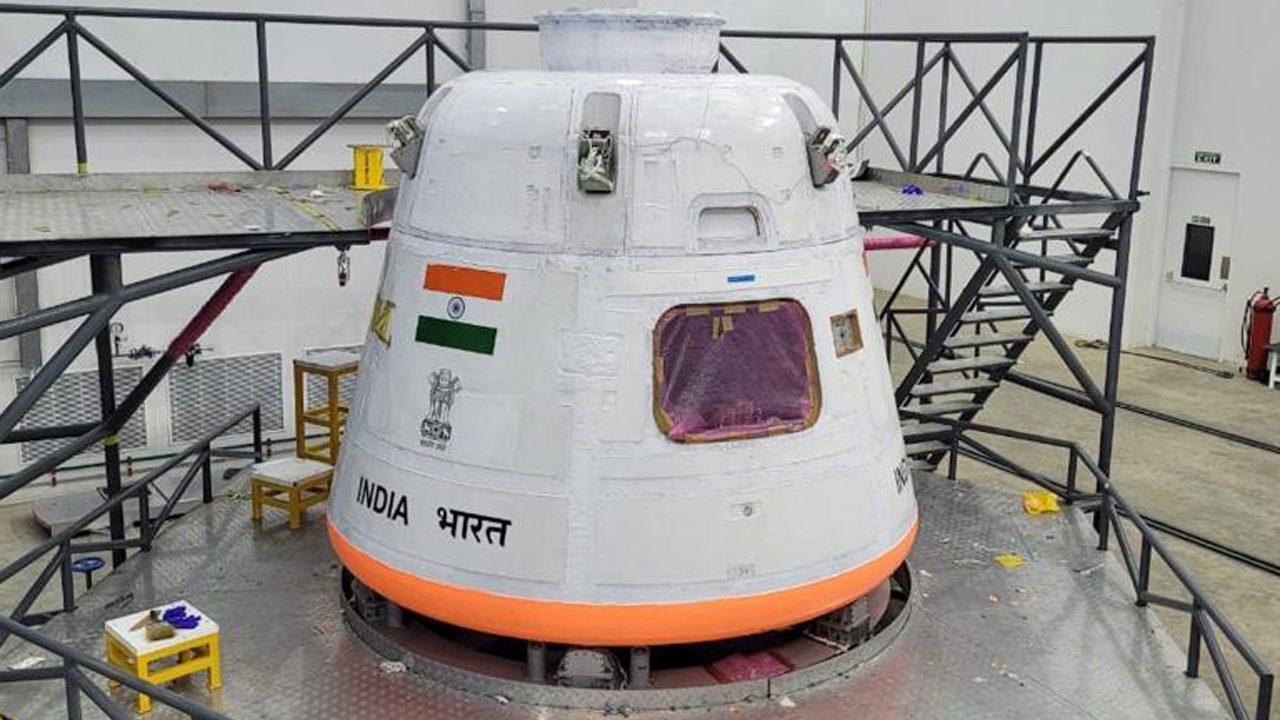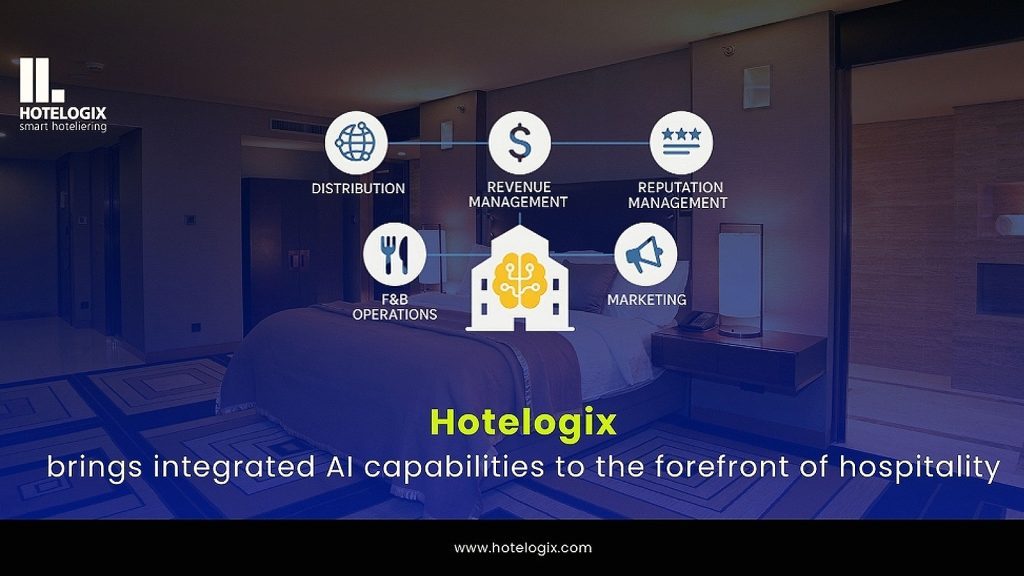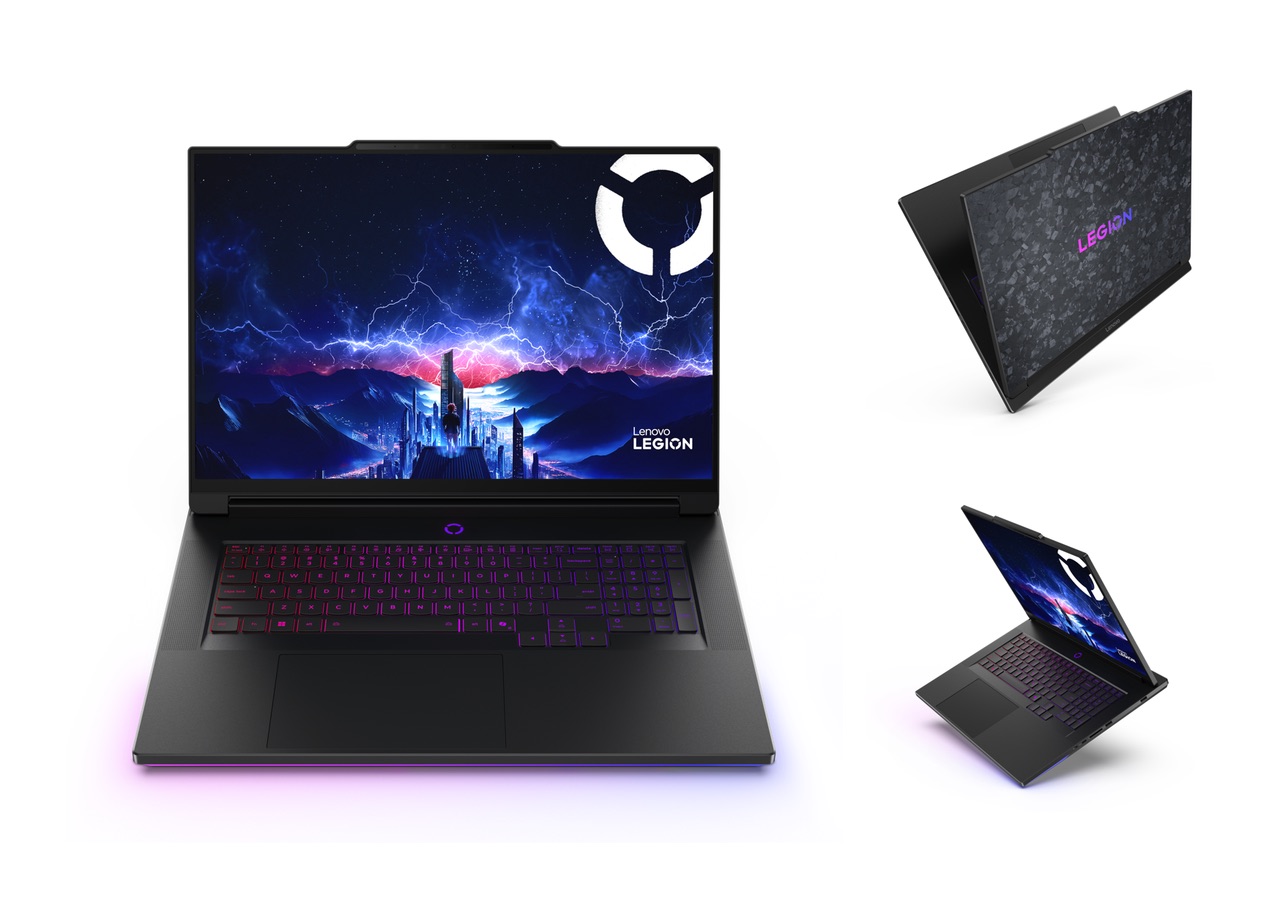Beyond Security: How AI-Based Video Analytics Are Enhancing Modern Business Operations
AI-based solutions are becoming increasingly common, but those in the security industry have been leveraging AI for years—they’ve just been using the word “analytics.” As businesses seek new ways to use AI to create a competitive advantage, many are beginning to recognize that video devices represent an increasingly valuable data source—one that can generate actionable […] The post Beyond Security: How AI-Based Video Analytics Are Enhancing Modern Business Operations appeared first on Unite.AI.


AI-based solutions are becoming increasingly common, but those in the security industry have been leveraging AI for years—they’ve just been using the word “analytics.” As businesses seek new ways to use AI to create a competitive advantage, many are beginning to recognize that video devices represent an increasingly valuable data source—one that can generate actionable business intelligence insights. As processing power improves and chipsets become more advanced, modern IP cameras and other security devices can support AI-powered analytics capabilities that can do far more than identify trespassers and shoplifters.
Many businesses are already leveraging AI-based analytics to improve efficiency and productivity, reduce liability, and better understand their customers. Video analytics can help enterprises identify ways to improve employee productivity and staffing efficiency, streamline the layout of stores, factories, and warehouses, identify in-demand products and services, detect malfunctioning or poorly maintained equipment before it breaks, and more. These new analytics capabilities are being designed with business intelligence and operational efficiency in mind—and they are increasingly accessible to organizations of all sizes.
The Growing Accessibility of AI in Video Surveillance
Analytics has always had clear applications in the security industry, and the evolution from basic intelligence and video motion detection to more advanced object analytics and deep learning has made it possible for modern analytics to identify suspicious or criminal behavior or to detect suspicious sounds like breaking glass, gunshots, or cries for help. Today’s analytics can detect these events in real time, alerting security teams immediately and dramatically reducing response times. The emergence of AI has allowed security teams to be significantly more proactive, allowing them to make quick decisions based on accurate, real-time information. Not long ago, only the most advanced surveillance devices were powerful enough to run the AI-based analytics needed to enable those capabilities—but today, the landscape has changed.
The advent of deep learning processing units (DLPUs) has significantly enhanced the processing power of surveillance devices, allowing them to run advanced analytics at the network edge. Just a few years ago, the bandwidth and storage required to record, upload, and analyze thousands of hours of video could be prohibitively expensive. Today, that’s no longer the case: modern devices no longer need to send full video recordings to the cloud—only the metadata necessary for classification and analysis. As a result, the bandwidth, storage, and hardware footprint required to take advantage of AI-based analytics capabilities have all dramatically decreased—significantly reducing operational costs and making the technology accessible to businesses of all sizes, whether they employ a network of three cameras or three thousand.
As a result, the range of potential customers has expanded significantly—and those customers aren’t just looking for security applications, but business ones as well. Since DLPUs are effectively standard on modern surveillance devices, customers are increasingly looking to leverage those capabilities to gain a competitive advantage in addition to protecting their locations. The democratization of AI in the security industry has led to a significant expansion of use cases as developers look to satisfy businesses turning to video analytics to address a wider range of security and non-security challenges.
How Organizations Are Using AI to Enhance Their Operations
It’s important to emphasize that part of what makes the emergence of more business-focused use cases for AI-based video analytics notable is the fact that most businesses are already familiar with the basic technology. For example, retailers already using video analytics to protect their stores from shoplifters will be delighted to learn that they can use similar capabilities to monitor customers entering and leaving the store, identify high- and low-traffic periods, and use that data to adjust their staffing needs accordingly. They can use video analytics to alert employees when a lengthy queue is forming, when an empty shelf needs to be restocked, or if the layout of the store is causing unnecessary congestion. By embracing business-focused analytics alongside security-focused ones, retailers can improve staffing efficiency, create more effective store layouts, and enhance the customer experience.
Of course, retailers are just the tip of the iceberg. Businesses in nearly every industry can benefit from modern video analytics use cases. Manufacturers, for example, can monitor factory floors to identify inefficiencies and choke points. They can use thermal cameras to detect overheating machinery, allowing maintenance personnel to address problems before they can cause significant damage. In many cases, they can even monitor assembly lines for defective or poorly made products, providing an additional layer of quality assurance protection. Some devices may even be able to monitor for chemical leaks, overheating equipment, smoke, and other signs of danger, saving organizations from potentially dangerous (and costly) incidents. This has clear applications in industries ranging from manufacturing and healthcare to housing and critical infrastructure.
The ability to generate insights and improve operations extends beyond traditional businesses and into areas like healthcare. Hospitals and healthcare providers are now leveraging analytics to engage in virtual patient monitoring, allowing them to have eyes on their patients on a 24-hour basis. Using a combination of video and audio analytics, they can automatically detect signs of distress such as coughing, labored breathing, and cries of pain. They can also generate an alert if a high-risk patient attempts to leave their bed or exit the room, allowing caregivers or security teams to respond immediately. Not only does this improve patient outcomes, but it can also significantly reduce liability on slip/trip/fall cases. Similar technology can also be used to improve compliance outcomes, ensuring emergency exits remain clear and avoiding other potentially finable offenses in healthcare and other industries. The opportunities to reduce costs and improve outcomes are expanding every day.
Maximizing AI in the Present and Future
The shift toward leveraging surveillance devices for business intelligence and operations purposes has happened quickly, driven by the fact that most organizations are already familiar with the equipment they need to take advantage. And with businesses of all sizes—and in nearly every industry—increasingly turning to video analytics to enhance both their security capabilities and their business operations, the development of new, AI-based analytics is unlikely to slow anytime soon.
Best of all, the market is still growing. Even today, roughly 80% of security budgets are spent on human labor, including monitoring, guarding, and maintenance capabilities. As AI-based video analytics become increasingly widespread, that will change quickly—and businesses will be able to streamline their business intelligence and operations capabilities in a similar manner. As AI development continues and new, business-focused use cases emerge, organizations should ensure they are positioned to get the most out of analytics—both now and into the future.
The post Beyond Security: How AI-Based Video Analytics Are Enhancing Modern Business Operations appeared first on Unite.AI.













































































